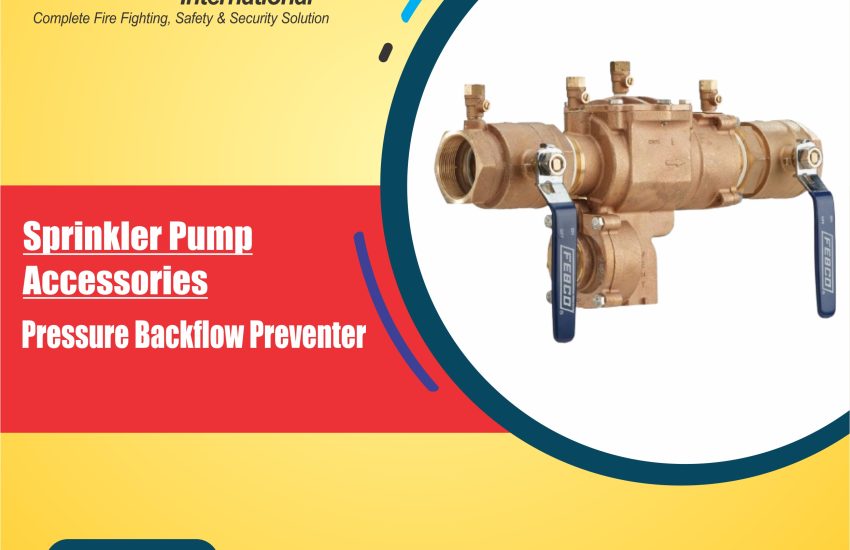Pressure Backflow Preventer is an essential device that ensures the safety and integrity of water systems. It prevents contaminated water from flowing back into clean water supplies. This is crucial in protecting public health and water quality. In this guide, we’ll explore the key features, benefits, and applications of the 2-inch Pressure Backflow Preventer.
Key Features of the Pressure Backflow Preventer
- Size: 2 Inches
The 2-inch size of this backflow preventer suits various applications. It fits well in both residential and commercial water systems, offering reliable protection while saving space. - Max. Working Pressure: 175 psi (12.1 bar)
With a maximum working pressure of 175 psi (12.1 bar), this device can handle high-pressure environments. It works well in city water systems or industrial settings, where pressure stability is important. - Hydrostatic Test Pressure: 350 psi (24.1 bar)
The hydrostatic test pressure of 350 psi (24.1 bar) ensures that this backflow preventer can withstand extreme conditions. This testing guarantees its durability and long-lasting performance in demanding situations. - Temperature Range: 32°F to 140°F (0°C to 60°C)
The Pressure Backflow Preventer operates within a temperature range of 32°F to 140°F (0°C to 60°C). This feature allows it to perform well in different climates, from colder environments to hotter ones. - Valve Body: Lead-Free Cast Copper Silicon Alloy
The lead-free cast copper silicon alloy valve body ensures long-term durability and safety. This material is corrosion-resistant and meets safety regulations for potable water systems. - Elastomers: Silicone
The silicone elastomers offer excellent sealing properties. They resist degradation over time, ensuring a strong seal and reliable function for years. - Springs: Stainless Steel
The backflow preventer uses stainless steel springs to maintain smooth operation. Stainless steel resists corrosion and ensures the device works in high-humidity or harsh environments.
Applications of Pressure Backflow Preventers
A Pressure Backflow Preventer is used in various sectors:
- Residential Water Systems: It prevents contamination from backflow in homes, especially from irrigation or sewer systems.
- Commercial and Industrial Systems: This device is essential for factories, offices, and other commercial setups. It safeguards large-scale water systems and prevents contamination from backflow.
- Irrigation Systems: Protect your water supply from agricultural runoff or chemicals with a backflow preventer. It stops contamination from entering your drinking water.
- Municipal Water Supplies: Municipalities rely on backflow preventers to maintain clean, safe water supplies for their communities.
Why Choose a Pressure Backflow Preventer?
- Prevents Water Contamination
The backflow preventer stops contaminants from entering clean water. This is vital for maintaining water quality and safety. - Durable and Reliable
Made from lead-free copper silicon alloy, silicone elastomers, and stainless steel springs, the backflow preventer offers durability. These materials resist wear, ensuring long-term performance. - Regulatory Compliance
This backflow preventer complies with safety regulations for potable water. Its lead-free construction ensures water quality and safety. - Versatile Applications
This device is perfect for use in residential, commercial, and industrial settings. It works well under high pressure and extreme temperatures. - Long-Term Performance
With a high hydrostatic test pressure and durable materials, this backflow preventer handles extreme conditions. It provides reliable protection for years.
Conclusion: The Importance of a Pressure Backflow Preventer
The Pressure Backflow Preventer plays a critical role in protecting water systems. Its durable construction, including lead-free copper silicon alloy, silicone elastomers, and stainless steel springs, ensures reliable performance. It can handle high pressure (up to 175 psi) and a wide temperature range (from 32°F to 140°F).


